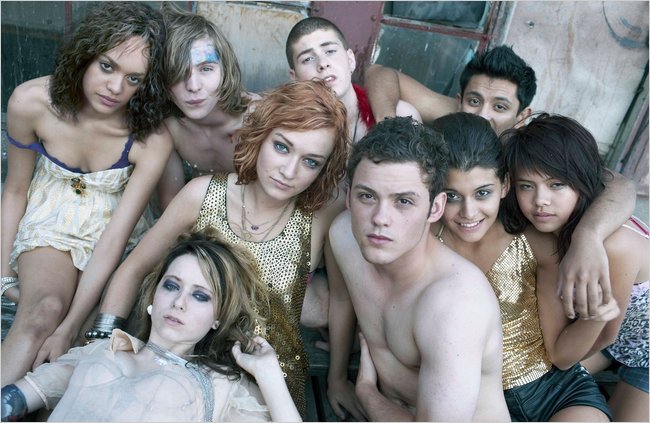Screen-Free Week April 18-24
Posted on April 16, 2011 at 3:45 pm
It used to be called TV-Turnoff Week but that was so 1990’s. Now it’s Screen-Free Week — one week for families to turn off the screens and reconnect with old-fashioned in-person interaction, to look each other in the eyes, spend time outside, cook together, read books on paper, daydream, play board games and cards, and, perhaps most important, go for more than 20 seconds without being interrupted by buzzing, beeping, ring-tones, or tweets. It’s also a chance to participate in the many Screen-Free Week events organized around the country. The Campaign for a Commercial-Free Childhood has a fact sheet for kids and resources for parents and teachers, including an excellent Live Outside the Box Toolkit from Seattle and King County. Screen-Free Week is endorsed by a wide range of educators and health professionals including the American Medical Association, the National Education Association, and the American Academy of Pediatrics.
I was disappointed to see Double X blogger KJ Dell’Antonia explain why she and her family will not be observing Screen-Free Week, apparently because it is inconvenient. Without television as a soporofic,
my four children will be running wild around me, invariably losing their generally excellent ability to self-entertain and peacefully interact at approximately 5:00 daily, precisely the moment when I’m desperately trying to finish up the last bits of work for the day and start dinner—without once resorting to the highly addictive, all-child-inclusive form of entertainment that is Phineas and Ferb.
She doesn’t try to suggest that there is anything beneficial to her children in her decision. It is Dell’Antonia who wants to continue to rely on television to keep her children quiet and does not even want to take one week to try to teach them that they have other alternatives — like reading a book, drawing a picture, playing a game, or setting the table. She has to admit, “I support the idea of a “screen-free week,” but I support it as a family project, not a top-down imposition of a temporary new screen rule.” The entire idea of Screen-Free Week is as a family project. I am certain that children will be so happy to have their parents put down their Blackberries that they will be more than willing to miss another rerun of Phineas and Ferb and that it is well worth it for everyone to learn that media is not the only way to spend quiet time.




